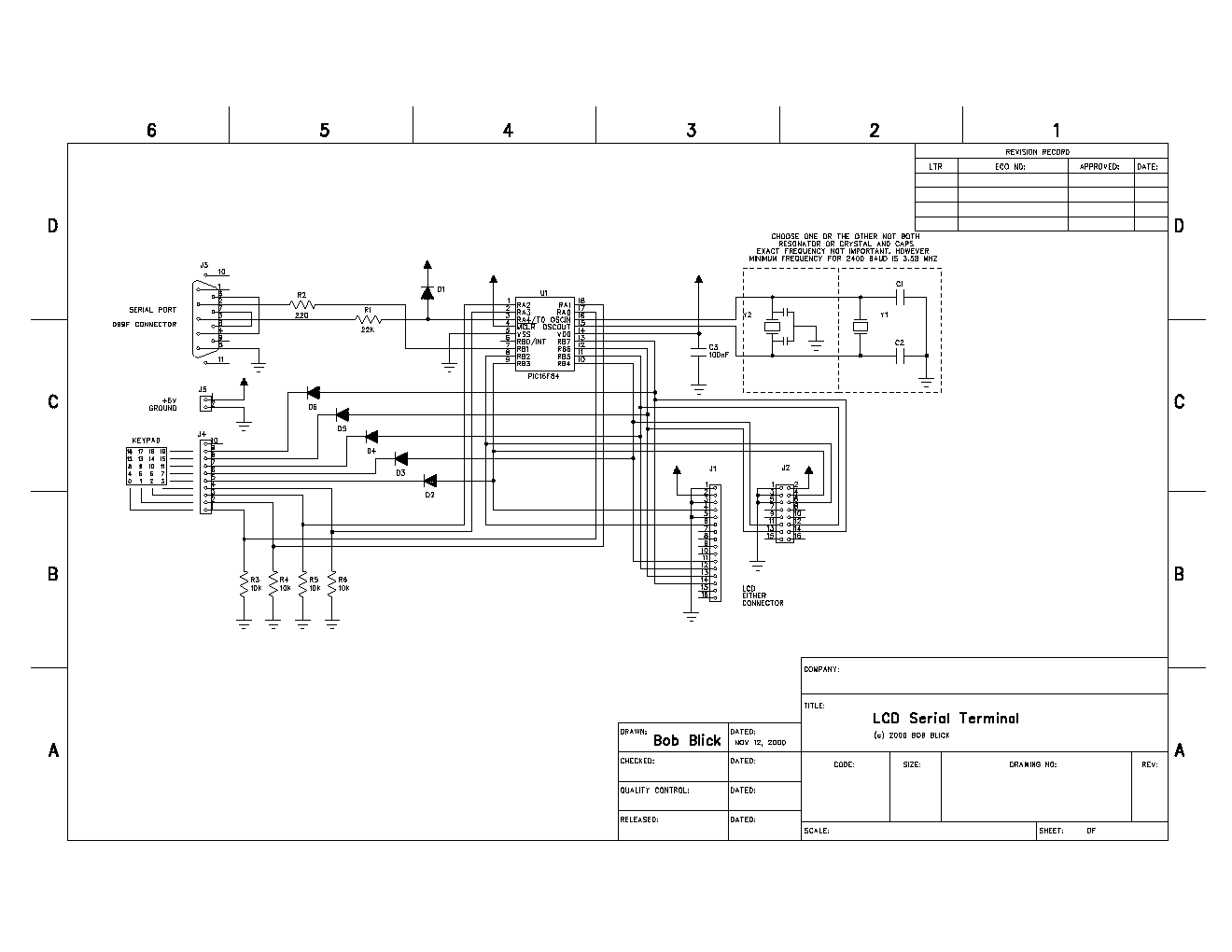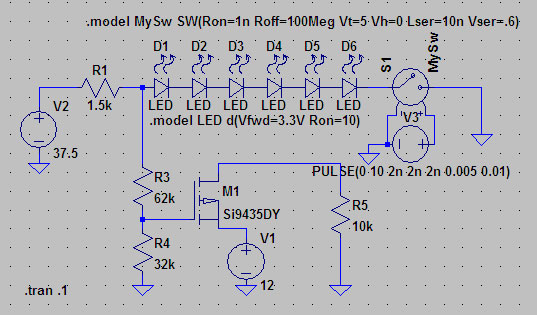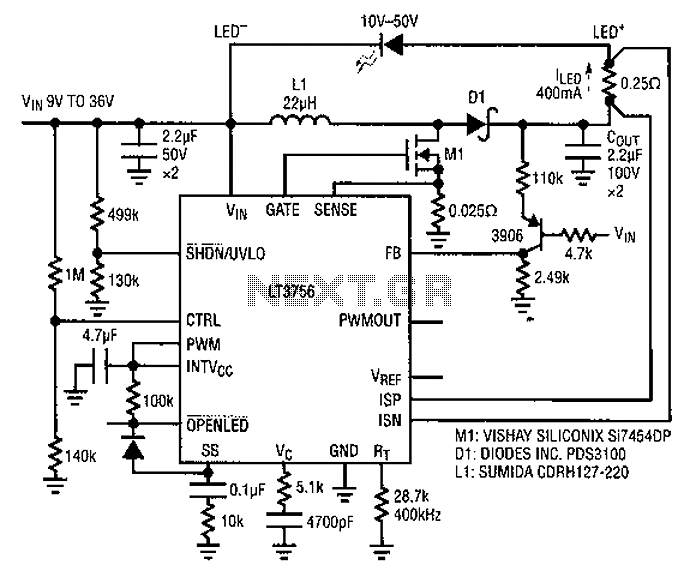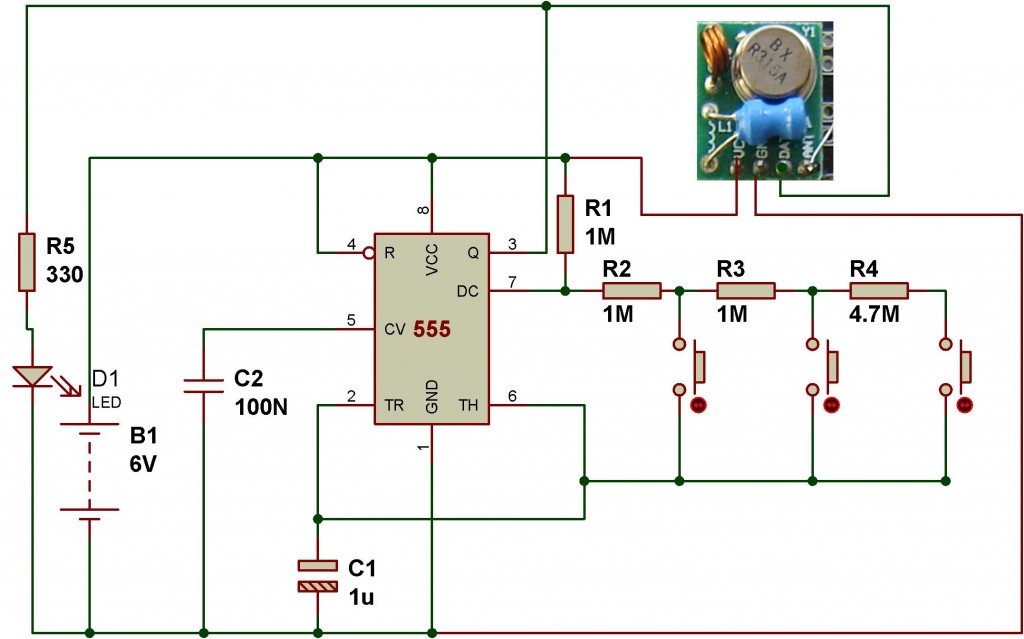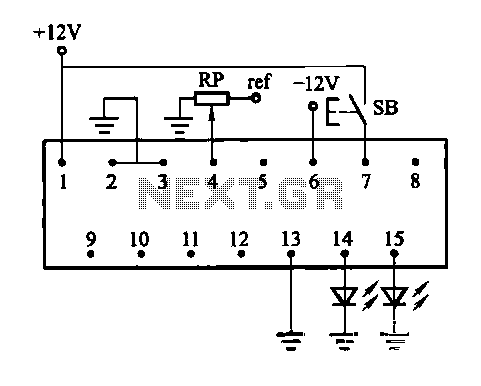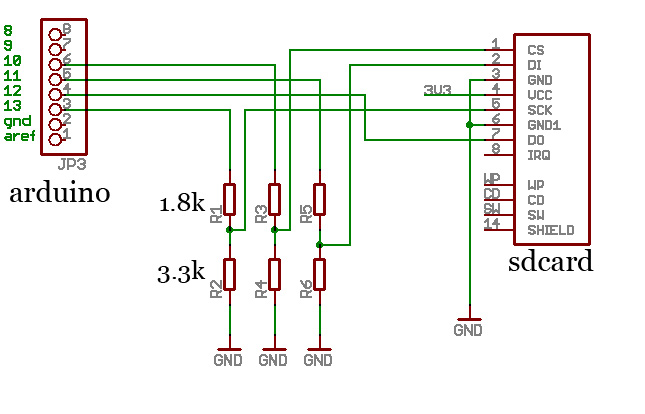
LCD Module in 4-bit Mode
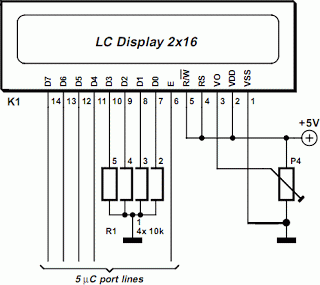
In many projects, alphanumeric LCDs are utilized, which are internally driven by Hitachi's industry-standard HD44780 controller. These displays can be driven...
Alphanumeric LCDs that utilize the HD44780 controller are widely used in various electronic projects due to their reliability and ease of integration. The HD44780 is a popular liquid crystal display (LCD) controller, capable of driving a range of LCD modules, typically in 16x2 or 20x4 configurations.
The HD44780 controller operates in two modes: 8-bit and 4-bit. In 8-bit mode, the data bus consists of eight lines, allowing for the transmission of a full byte of data at once. In 4-bit mode, only four lines are used for data transmission, which can be advantageous in applications where pin count is a concern. This flexibility makes the HD44780 suitable for a wide variety of microcontroller platforms, including Arduino, PIC, and AVR.
To interface an HD44780-based LCD with a microcontroller, a typical setup involves connecting the data pins (D0-D7 for 8-bit mode or D4-D7 for 4-bit mode), control pins (Register Select, Read/Write, and Enable), and the power supply. The control pins determine the operation mode of the LCD, with the Register Select pin distinguishing between command and data modes, while the Read/Write pin indicates the direction of data flow.
The LCD requires a suitable power supply, typically 5V, and a contrast adjustment, which is often achieved by connecting a potentiometer to the V0 pin. The initialization sequence for the HD44780 is crucial, involving a series of commands sent to the controller to set the display mode, cursor type, and other parameters before it can display any characters.
When programming the microcontroller, libraries are often used to simplify communication with the LCD. These libraries provide functions for sending commands and data, controlling the cursor, and clearing the display. This abstraction allows developers to focus on higher-level application logic without delving into the low-level details of the LCD operation.
Overall, the HD44780 controller's widespread adoption in alphanumeric LCDs is attributed to its simplicity, versatility, and compatibility with various microcontroller architectures, making it a staple in electronic design for user interfaces.In many projects use is made of alphanumeric LCDs that are driven internally by Hitachi s industry-standard HD44780 controller. These displays can be driv.. 🔗 External reference
Alphanumeric LCDs that utilize the HD44780 controller are widely used in various electronic projects due to their reliability and ease of integration. The HD44780 is a popular liquid crystal display (LCD) controller, capable of driving a range of LCD modules, typically in 16x2 or 20x4 configurations.
The HD44780 controller operates in two modes: 8-bit and 4-bit. In 8-bit mode, the data bus consists of eight lines, allowing for the transmission of a full byte of data at once. In 4-bit mode, only four lines are used for data transmission, which can be advantageous in applications where pin count is a concern. This flexibility makes the HD44780 suitable for a wide variety of microcontroller platforms, including Arduino, PIC, and AVR.
To interface an HD44780-based LCD with a microcontroller, a typical setup involves connecting the data pins (D0-D7 for 8-bit mode or D4-D7 for 4-bit mode), control pins (Register Select, Read/Write, and Enable), and the power supply. The control pins determine the operation mode of the LCD, with the Register Select pin distinguishing between command and data modes, while the Read/Write pin indicates the direction of data flow.
The LCD requires a suitable power supply, typically 5V, and a contrast adjustment, which is often achieved by connecting a potentiometer to the V0 pin. The initialization sequence for the HD44780 is crucial, involving a series of commands sent to the controller to set the display mode, cursor type, and other parameters before it can display any characters.
When programming the microcontroller, libraries are often used to simplify communication with the LCD. These libraries provide functions for sending commands and data, controlling the cursor, and clearing the display. This abstraction allows developers to focus on higher-level application logic without delving into the low-level details of the LCD operation.
Overall, the HD44780 controller's widespread adoption in alphanumeric LCDs is attributed to its simplicity, versatility, and compatibility with various microcontroller architectures, making it a staple in electronic design for user interfaces.In many projects use is made of alphanumeric LCDs that are driven internally by Hitachi s industry-standard HD44780 controller. These displays can be driv.. 🔗 External reference
